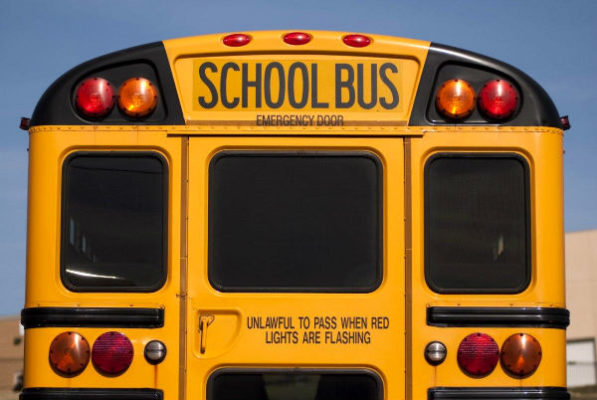With COVID-19-related restrictions being eased, the Centers for Disease Control and Prevention (CDC) is getting out in front of the likely scenarios of parents going back to work and sending their children back to school, daycare, or off to camp.
The cornerstones of the CDC’s newly released interim guidance to anyone in this boat is simple. “Implementation should be guided by what is feasible, practical, acceptable, and tailored to the needs of each community,” the agency said.
CDC officials also went on record saying that their suggestions are just that — suggestions — and aren’t meant to replace any local or state laws that schools and camps have to comply with.
Scale up
The CDC suggests that all of the players in a school or camp setting start slowly scaling up.
Here are the progression of steps the agency suggests straight from its new playbook:
Step 1: Schools that are currently closed should remain closed. E-learning or distance learning opportunities should be provided for all students. Support provision of student services such as school meal programs, as feasible. Camps should be restricted to children of essential workers and for children who live in the local geographic area only.
Step 2: Schools and camps should remain open with enhanced social distancing measures and for children who live in the local geographic area only.
Step 3: Schools and camps should remain open with distancing measures. Restrict attendance to those from limited transmission areas only.
Keep it clean
The CDC says no one should let up on any of the health practices we’ve all grown used to during the pandemic.
These include:
-
Reinforcing the washing of hands and covering coughs and wearing face coverings;
-
Continuing the intensity of cleaning and sanitizing;
-
Avoiding the use of items (for example, soft or plush toys) that are not easily cleaned, sanitized, or disinfected;
-
Ensuring safe and correct application of disinfectants and keeping products away from children;
-
Ensuring that ventilation systems operate properly and increasing circulation of outdoor air as much as possible, such as by opening windows and doors; and
-
Not opening windows and doors if doing so poses a safety or health risk (for example, allowing pollen in or exacerbating asthma symptoms) to children using the facility.
Don’t let up on social distancing
School rooms, playgrounds, and camps are close to a perfect storm for spreading germs, but the CDC doesn’t think anyone in charge of managing these situations should take any chances.
To that end, here are some of the Centers’ suggestions:
-
Make sure that classes include the same group of children every single day and, if possible, that the same child care providers remain with the same group each day.
-
Restrict mixing between groups. That means canceling field trips, inter-group events, and extracurricular activities.
-
If a cafeteria or a group dining room is where people normally eat their meals, it would be smart to serve those meals in classrooms instead.
-
When it comes to taking children to school and picking them up, the wise thing to do would be to stagger arrival and drop-off times. If that’s not possible, put in place other protocols to limit direct contact with parents as much as possible.
-
Space out seating and bedding (head-to-toe positioning) to be six feet apart.
-
Unless it’s necessary, try and keep communal use spaces closed, such as game rooms, playgrounds, and cafeterias.
Sharing is not caring
The most important advice the CDC passes on might be the hardest to accomplish — make sure everyone’s stuff is kept to themselves.
Here’s the agency’s advice in that regard:
-
Keep every child’s belongings separated and put them in individually labeled storage containers, cubbies, or areas. Also make sure that those items are taken home each day and cleaned.
-
When it comes to things like art supplies and equipment — things that more than one child might come in contact with — try to minimize the sharing of those materials or limit use of supplies and equipment by one group of children at a time and clean and disinfect between use.
-
Avoid sharing of foods, utensils, electronic devices, toys, books, games, and learning aids.
-
Prevent risk of transmitting any virus by avoiding immediate contact. Examples would be holding or shaking hands, and hugging.
Via source
Become a Harlem Insider!
By submitting this form, you are consenting to receive marketing emails from: . You can revoke your consent to receive emails at any time by using the SafeUnsubscribe® link, found at the bottom of every email. Emails are serviced by Constant Contact









